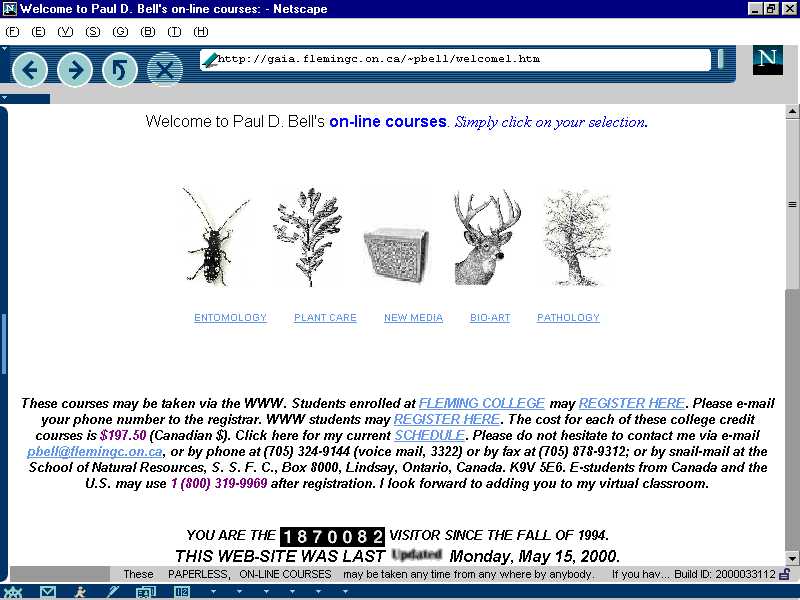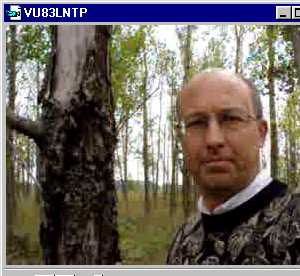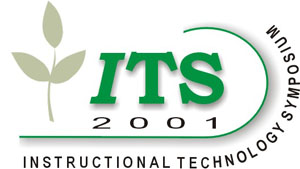Introduction The Internet first appealed to my students and me as an innovative research tool for entomology. Throughout the early 1990's we explored gopher sites and completed veronica searches on a wide variety of entomological subjects. This text only connection, with such sites as, the Universities of Colorado and Minnesota (examples of early adopters) gave us instant access to current and often obscure documents, on such topics as, insect biological diversity or pest identification. As these electronic papers were not available locally or conveniently through our library, the Internet provided fast, efficient and impressive results. We were able to add significantly to our knowledge base. It was already apparent in the mid-1990's that web-sites with useful content would be attractive to more users. Many web-sites were (and in several cases, still are) aesthetically pleasing but content poor or the reverse. Purely out of a selfish motivation to organise and update my entomology notes, I taught myself html and began assembling an interactive, multimedia enhanced Forest Entomology, web-based course. I began accepting my first remote e-students. Currently, the courses that I offer through the Sir Sandford Fleming College's web server are:
These accredited courses are available in classrooms or on-line to any
body from anywhere at any time via the Internet. All courses are
complete with illustrated lecture notes, some with sound files and video.
All the assignments and evaluations are interactive and 'live' on the web.
Every project can be completed via e-mail, in a totally paperless
manner. You can even register on-line. (Please see and 'click' Figure
1)  http://gaia.flemingc.on.ca/~pbell/welcome1.htm Results and Discussion I have been fortunate to have taught these courses in the classroom and on-line at a few colleges and universities. Technical features and advantages of on-line art instruction, that I have experienced these last few years include:
 Benefits of such an on-line plant health care course that students (as they have volunteered through on-line course evaluation forms) can provide, include:
Our college has only just begun the difficult task of integrating marketing, admissions, e-commerce, firewalls and data access, and server support. In the first week of January 2000, we had a few students like this one, "I would like to take part in your on-line entomology course. It is the only course I need to graduate and I finally got a computer to do it. I am having trouble getting to the registration site and was wondering if you could give me some instruction. It will probably take me a while to adapt to using a computer since I have never taken a web based course before so your patience would be greatly appreciated. Any information you could send me concerning registration and enrollment would be very helpful". We have a good deal of work to do in order to truly offer on-line learning. References Bell, Paul D., 2000. "Teaching Plant Health Care On-Line" International
Society of Arboriculture, Arborist News Vol. 9, #3, pp
43-44. End
|
